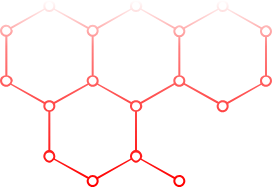Services
Why Us
- Experienced hands that get the job done
- Precisely customised programs which aim to meet your objectives.
- Cutting-edge innovations that will help you to know what tech will look like tomorrow
- Client-focused approach that will ensure your success
- Reliable helping hands, you will be assured of achieving your goal
- Partnership driving growth together
hands with the digital experts of Robotico and Discover the difference today!

-01.svg)
-01.svg)

















